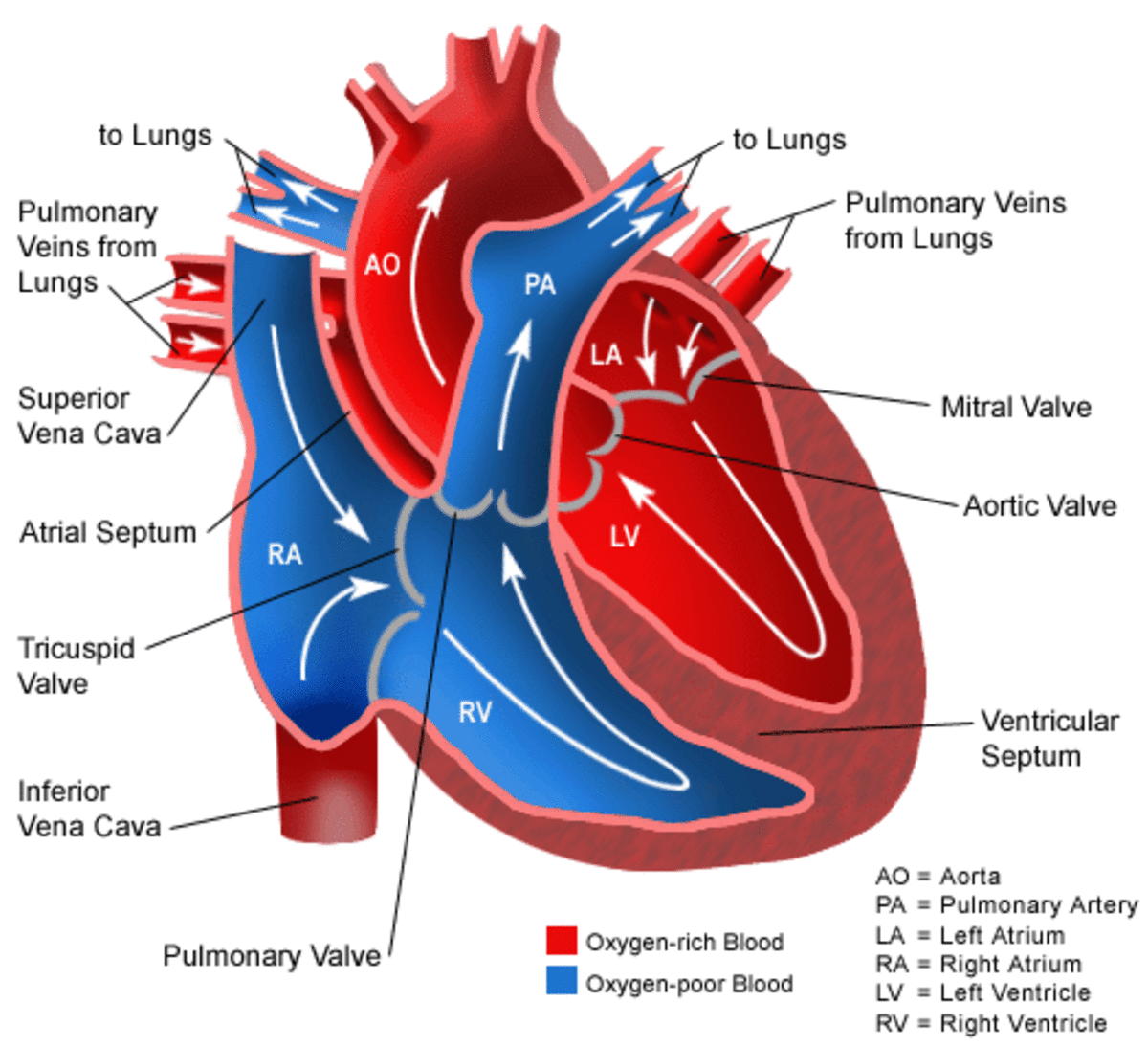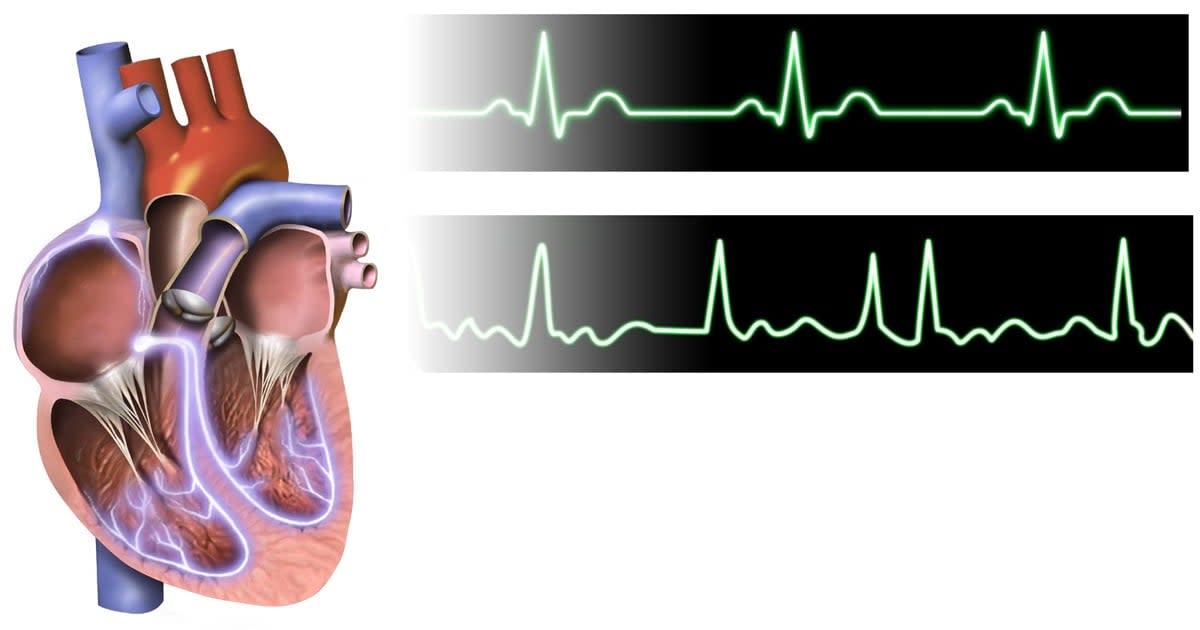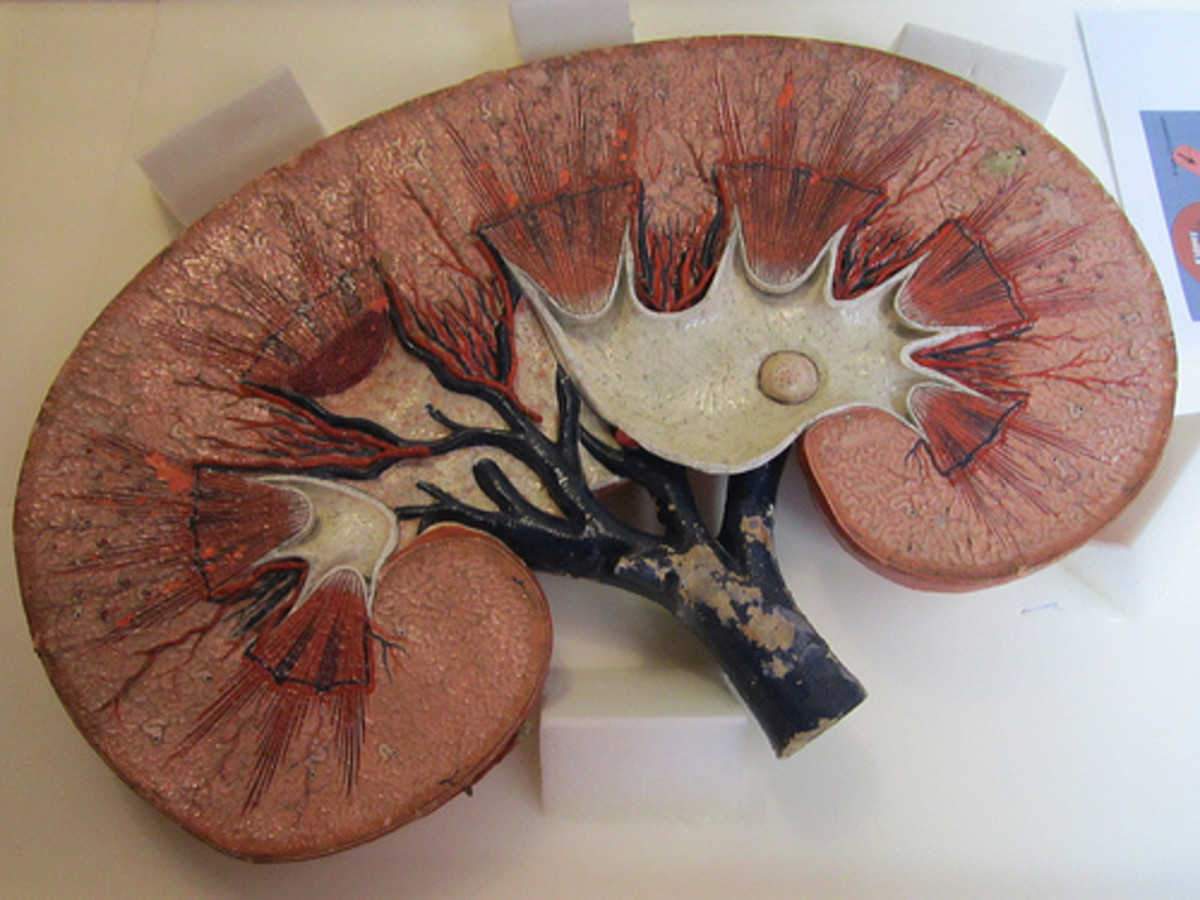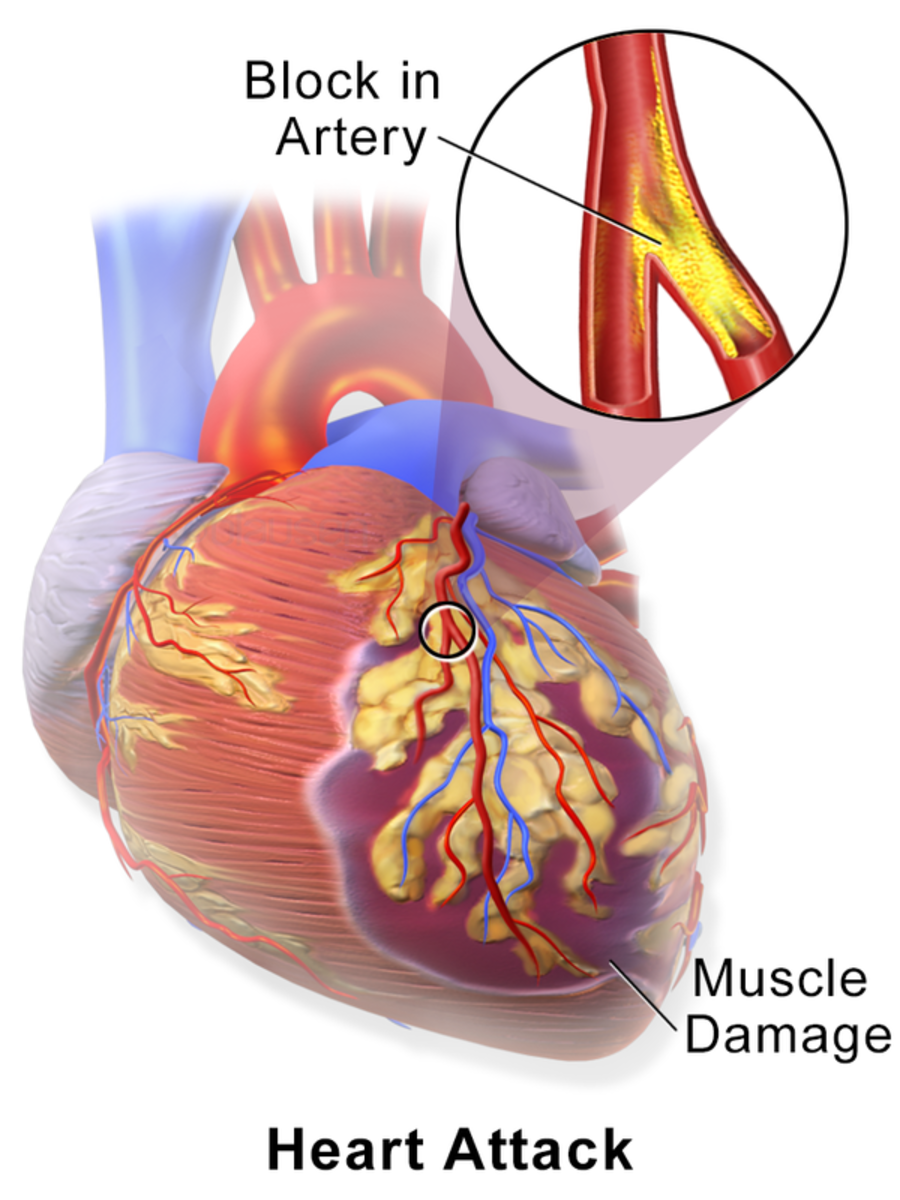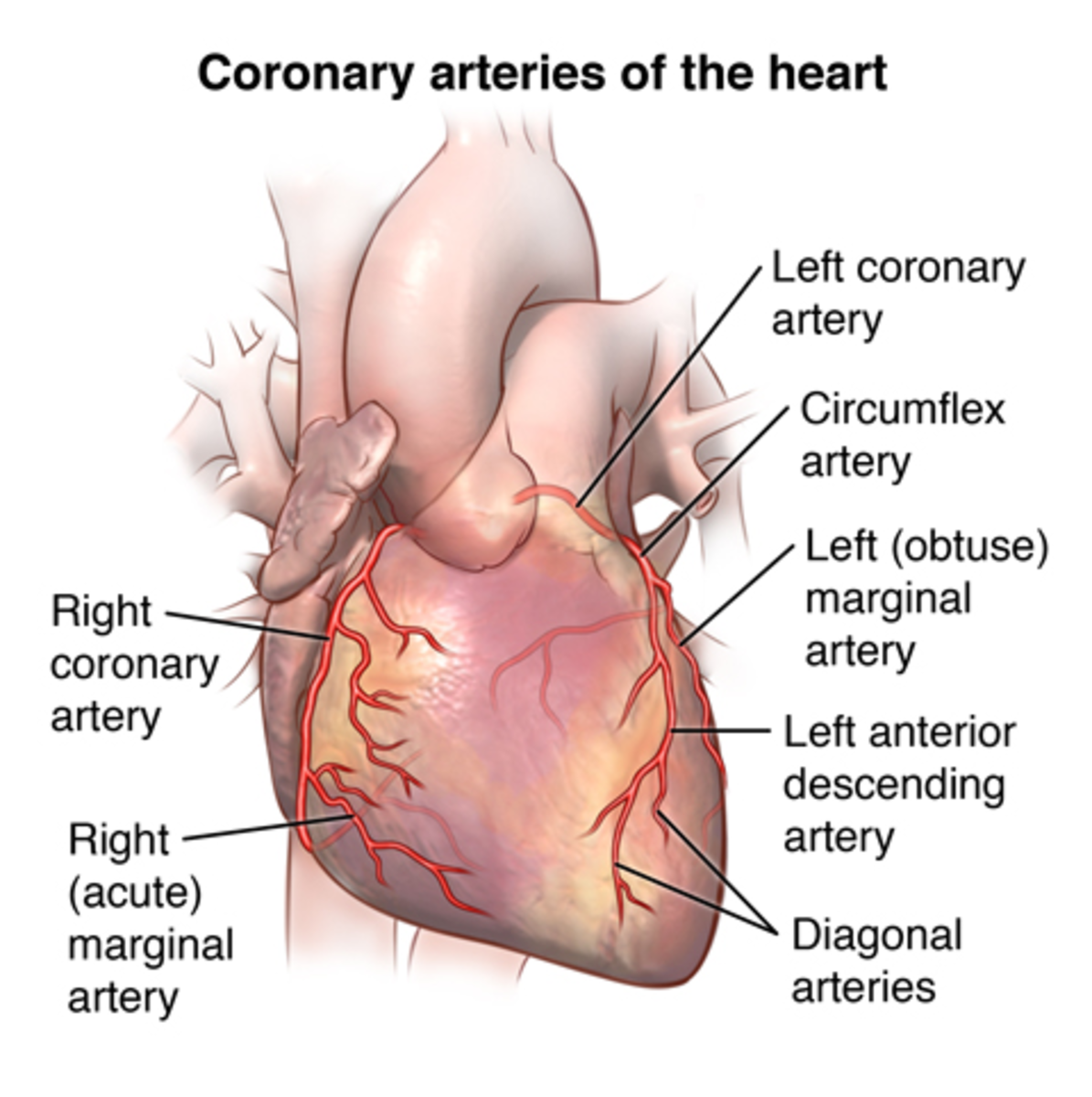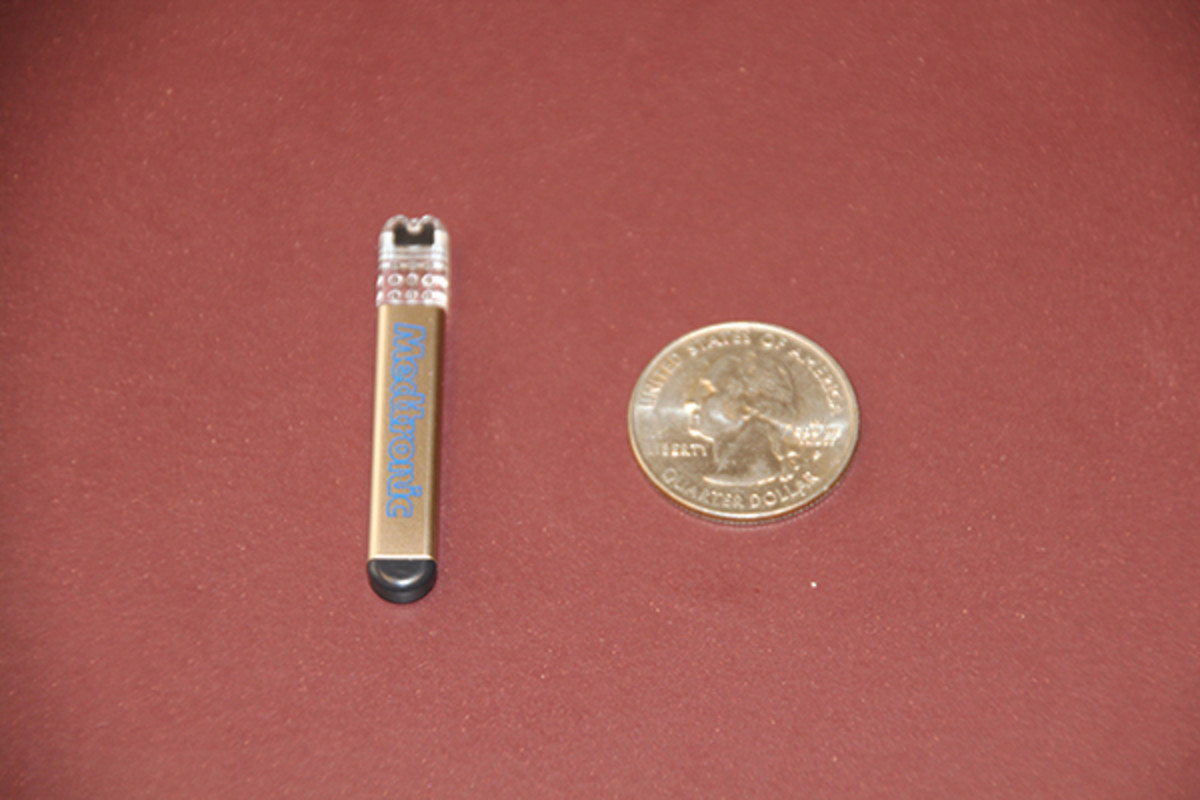The Heart Unit - What to Expect
You realize a patient with angina needs extensive investigations to pinpoint the possible causes of his symptoms. The history and the examination will only take the doctors a short way along the road to the final diagnosis. If you have angina, you must expect to be asked to undergo exercise testing, special ECG tests and X-ray investigations, and perhaps coronary and heart catheter studies, in which the specialists can watch, directly, what is going on within your heart.
The exercise tests tell the specialist the level of exercise that your heart can stand before it begins to complain - in other words the severity of the angina. The ECG is a guide to which part of the heart is affected, and to what extent. The X-ray gives the dimensions of the heart, and shows how efficiently it is beating.
All this sounds frightening, but you should not let it worry you. In the modern heart units, everything is done to make sure that you are relaxed and unworried. The staff are very highly specialized, having concentrated on heart investigations for years, and knowing very well what entering a unit means for anyone.
There are many such units in Britain and Europe, all of them staffed by cheerful, kind and dedicated doctors and nurses who can make the most apprehensive patient feel happy and relaxed. The atmosphere is never one of 'doom and gloom' - it is much more of excitement and anticipation that their patients can be helped back to a normal life, with much to look forward to.
The first investigations are aimed at finding the underlying cause of the symptoms. The standard tests will rule out such problems as heart valve disease, high blood pressure, thyroid trouble and anaemia. They will be treated and, hopefully, this will cure the angina.
Most of the rest of the patients with anginal symptoms have atheroma. The next aim is to find out how serious it is and the risk of a full-blown heart attack in the near future. That means trying to get as many details of how the heart is functioning at the time of an attack of angina.
The treadmill and Holier monitor
There are two main ways of doing this. First, you may be put on a 'treadmill'. This is a moving walkway, the speed and angle from the horizontal of which can be varied. The faster it moves and the steeper the incline, the more work it forces on the heart. While you use the treadmill, your heart is monitored by an ECG, which will show when the demand is beginning to outstrip the supply of oxygen - usually before you start to have pain. It will also show how much of the heart is affected, and which part of the heart. That helps to pinpoint which coronary artery or arteries are affected, and at which point of their distribution.
As a rough rule of thumb, if anginal pain, or ischemic changes on the ECG, begins within two minutes of starting the standard treadmill exercise, then there is enough coronary disease for serious note to be taken. If you can go ten minutes or more without pain or - silent episode, there is little to worry about.
Another approach, which can be used along with, or instead of, the treadmill, is to fit you up with a Holter monitor. This is a special portable, computerized, ECG machine, that you strap on to your chest for 24 or 48 hours. You then carry it on your person as you go about your normal life, waking and sleeping.
The Holter monitor records a continuous trace of your heart beats throughout that time, and can be programmed to 'pick up' all the episodes of ischemia during that time, whether they caused pain or were symptomless. This gives a good idea of the burden of the angina, day and night.
Treadmill testing and Holter monitoring do detect those people at risk of a serious heart attack, so heart specialists now recommend that everyone with angina under the age of 65 years, regardless of the severity or mildness of the symptoms, should undergo them. For the over-65s, the decision to put them to such trouble depends on their general fitness and the severity of their symptoms.
Coronary angiography
If the treadmill and Holter tests show that you are having bouts of ischemia, then the next step is coronary angiography. In this test, a small tube, or catheter, is fed from an artery in the leg or arm back up towards the heart. Dye is released into the openings of the coronary arteries, and the process watched under X-ray. This allows the cardiologist to examine the coronary branches, and therefore the circulation of the blood within the heart, in minute detail.
Coronary angiography pinpoints the sites of narrowing, where atheroma has reduced the flow of blood to the heart. This is vital information, because it directs the cardiologist to the next phase of your hospital visit - the decision on how to treat you.
- The Facts about Smoking
Smoking causes more deaths from heart attacks than it does deaths from any other disease, including chronic bronchitis and lung cancer. People who smoke cigarettes have a two or three times greater risk of... - The Effect of Smoking on the Heart
Smoking is a stupid, suicidal habit with absolutely nothing to commend it. It not only puts you at high risk of a heart attack, it gives you chronic bronchitis and emphysema, and increases your chances of...


